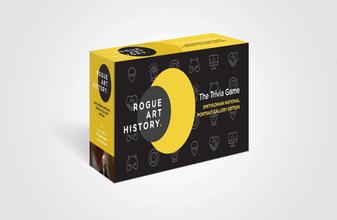More about Millard Fillmore
- All
- Info
- Shop

Contributor
With his plucky, ambitious spirit, Mathew B. Brady knew that he needed to pursue the rich and famous in order to make a living.
...And in order to justify the new medium of photography, which he had learned from the inventor of the telegraph, Samuel B. Morse, several years before his Millard Fillmore portraits. At the same time, Brady was motivated by a completely unselfish desire to create an accurate record of his time for posterity: "from the first I regarded myself as under obligation to my country to preserve the faces of its historic men and mothers." By calling the young U.S. "my country," the first-generation immigrant Brady is expressing a desire to throw in his entire lot here, and he took enormous risks, like lugging his cumbersome equipment and 23-person crew out to the front lines of the Civil War in a wagon that soldiers called the "Whatsit," to make his point.
At the age of only twenty-five, Brady opened his gallery in Washington, D.C., attracting lots of attention, finally convincing President James K. Polk to sit for a portrait. Because photography was so new, people thought of light differently in those days, when they thought of it at all. Nowadays, the White House is primed, in every possible way, to receive the best possible light for constant photographic documentation, but in those days, Brady had to interview his Presidential subjects about the best place for natural light. After mulling over it, the exhausted President Polk chose a dining room. The success of this work convinced President Taylor, Polk's successor, to invite Brady to photograph his entire cabinet, later that year. In a brilliant improvisation, Brady did one of the first Photoshop-style collages, cutting and pasting separate photos of Polk and his cabinet into one image, as painters had done for centuries with political group portraits. The editor of the New York Herald quipped, "do Washington and his cabinet look like that?"
The next year, new President Millard Fillmore sat for this portrayal, which was his second of several sessions with Brady, after which Francis d'Avignon made a lithograph. Fillmore wrote in a letter that Brady's was his favorite photograph of himself, but added that "I cannot judge of it myself, as no man can form a correct judgment in such a case." He loved it, though, for real.
Sources
- Doran, James D. Mathew Brady: Historian with a Camera. New York: Random House, 1988.
- Meredith, Roy. Mr. Lincoln's Camera Man, Mathew B. Brady. New York: Dover, 1974.
- "Millard Fillmore." National Portrait Gallery, https://npg.si.edu/exh/brady/gallery/38gal.html.
- Nardo, Don. Mathew Brady: The Camera Is the Eye of History. Berkeley Heights, NJ: Enslow, 2009.
- Pfister, Harold Francis. Facing the Light: Historic American Portrait Daguerreotypes : an Exhibition at the National Portrait Gallery, September 22, 1978-January 15, 1979. Washington, D.C.: National Portrait Gallery, 1978.
- "President Millard Fillmore Discusses the Photographs Made of Him, Saying the Daguerreotype by Matthew Brady Is the Best Likeness." Raab Collection, https://www.raabcollection.com/millard-fillmore-autograph/president-mil…
- Pritzker, Barry. Mathew Brady. East Bridgewater, MA: JG Press/World Publications Group, 2004.













